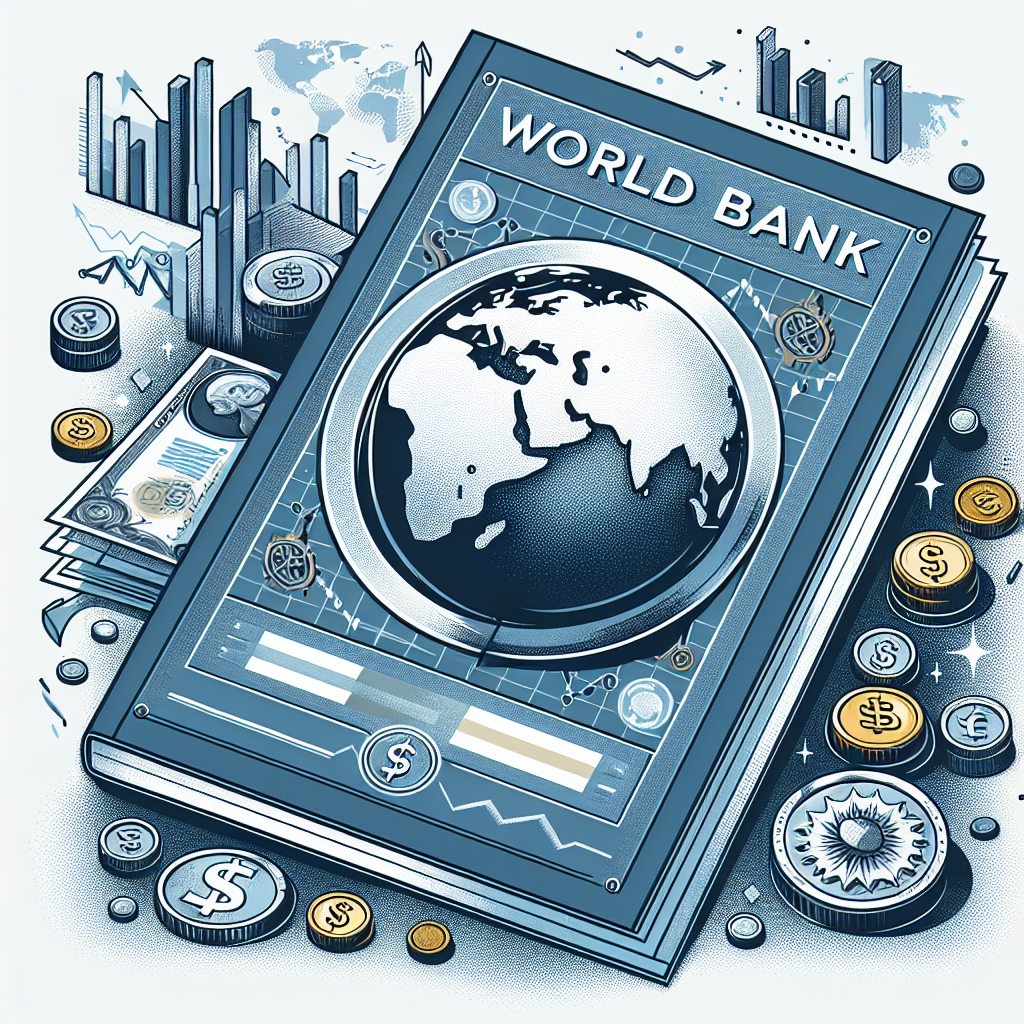A new World Bank report titled "Viet Nam 2045: Trading Up in a Changing World – Pathways to a High-Income Future" lays out strategies for Viet Nam to upgrade its participation in global value chains (GVCs) and transition to a high-income economy by 2045. This transformation is vital as the country aims to sustain annual per capita GDP growth of approximately 6% over the next two decades.
Viet Nam’s Economic Journey
Over the past 40 years, Viet Nam has emerged as one of the most globally integrated economies, achieving one of the longest and fastest economic growth periods in modern history. Export-driven industries now contribute to nearly half of the country's GDP, with every second job being directly or indirectly tied to exports.
Building on this success, Viet Nam has set an ambitious vision to become a modern and high-income economy by 2045. However, this requires moving beyond labour-intensive, low-value-added industries into advanced manufacturing, technology-driven production, and high-value services.
Global Trade Challenges and Strategic Shifts
The global trade landscape is undergoing profound changes, marked by technological advancements, supply chain reconfigurations, and heightened geopolitical uncertainty. To navigate these challenges and build economic resilience, the World Bank emphasizes that Viet Nam must:
Transition to higher-value manufacturing and services, leveraging technology and innovation.
Diversify trade and investment partnerships, reducing dependence on a narrow set of markets.
Adopt low-carbon, climate-resilient production practices, aligning with global environmental goals.
At a high-level workshop in Hanoi on November 20, Dr. Nguyen Xuan Thang, Politburo member and president of the Ho Chi Minh National Academy of Politics, and Manuela V. Ferro, World Bank Vice President for East Asia and Pacific, outlined the report's policy recommendations. These include:
Strengthening regional trade integration to enhance economic connectivity and resilience.
Linking domestic enterprises to global supply chains, ensuring that local businesses benefit from foreign investment and trade networks.
Investing in skills development and technology-intensive industries, to increase competitiveness in emerging sectors.
Implementing climate-friendly policies to future-proof the economy against environmental risks and global market shifts toward sustainable practices.
Manuela V. Ferro stressed the importance of diversifying trade partnerships:“Viet Nam has achieved remarkable growth through its integration into global markets. To sustain this trajectory, it must advance into high-value-added production and reduce dependence on a limited number of partners to build resilience in an uncertain global landscape.”
Policy Coordination and Global Partnerships
The report was developed with support from the Australian Government under the Australia–World Bank Strategic Partnership (ABP2), reflecting the importance of international collaboration in addressing development challenges.
This roadmap comes as Viet Nam prepares for its next phase of economic development, which will rely on a combination of innovation, policy reforms, and enhanced global cooperation. The findings and recommendations serve as a blueprint to guide policymakers in achieving long-term sustainable growth and economic resilience.
A Vision for 2045
With strong policy execution and strategic investments, Viet Nam has the potential to transition from a manufacturing hub to a leader in technology-driven industries, paving the way for a high-income future by 2045. This journey will not only transform its economy but also position it as a model for other emerging markets striving for sustainable and inclusive growth.











